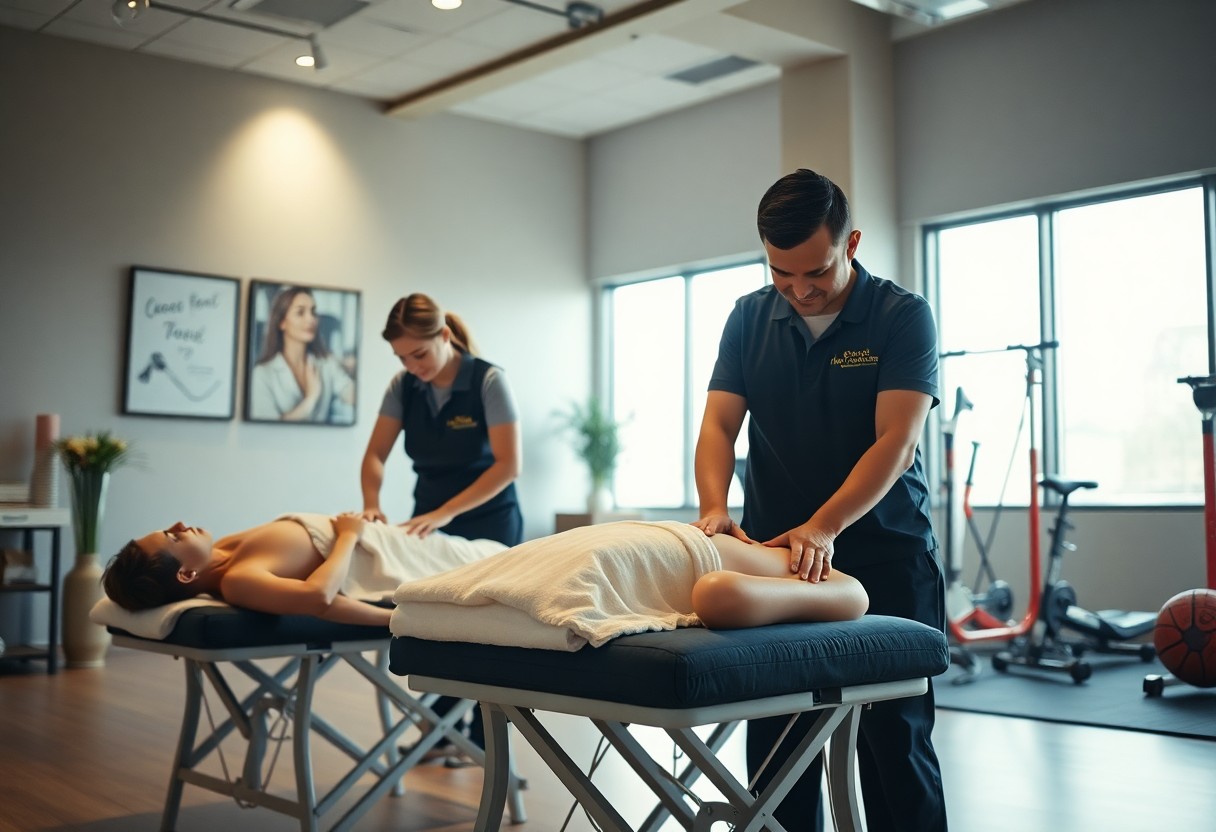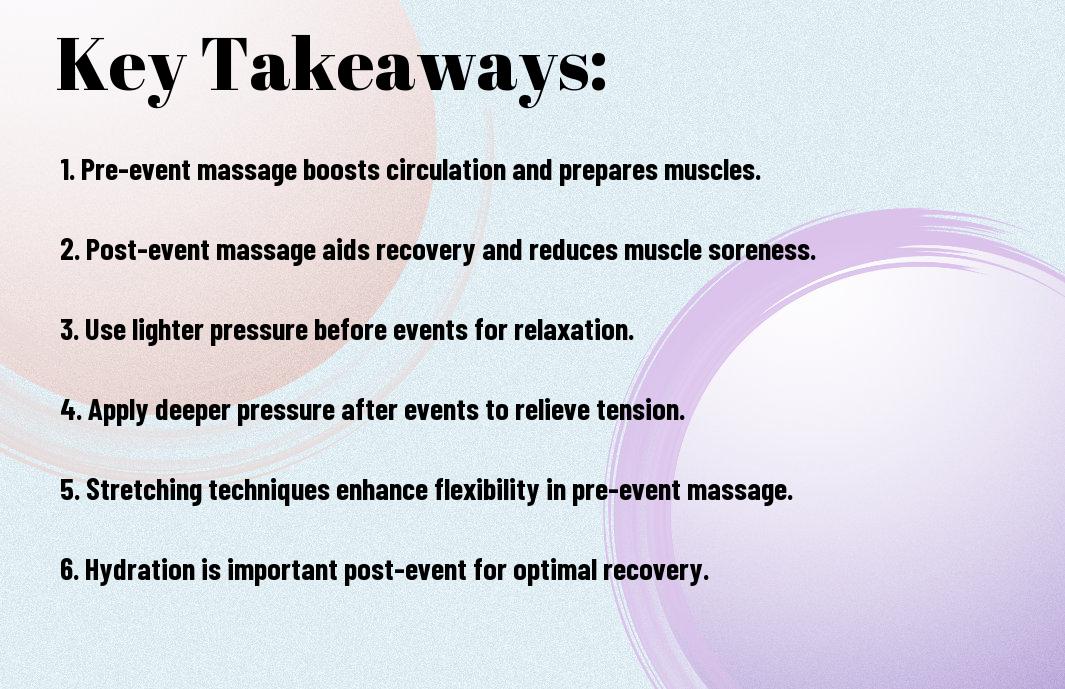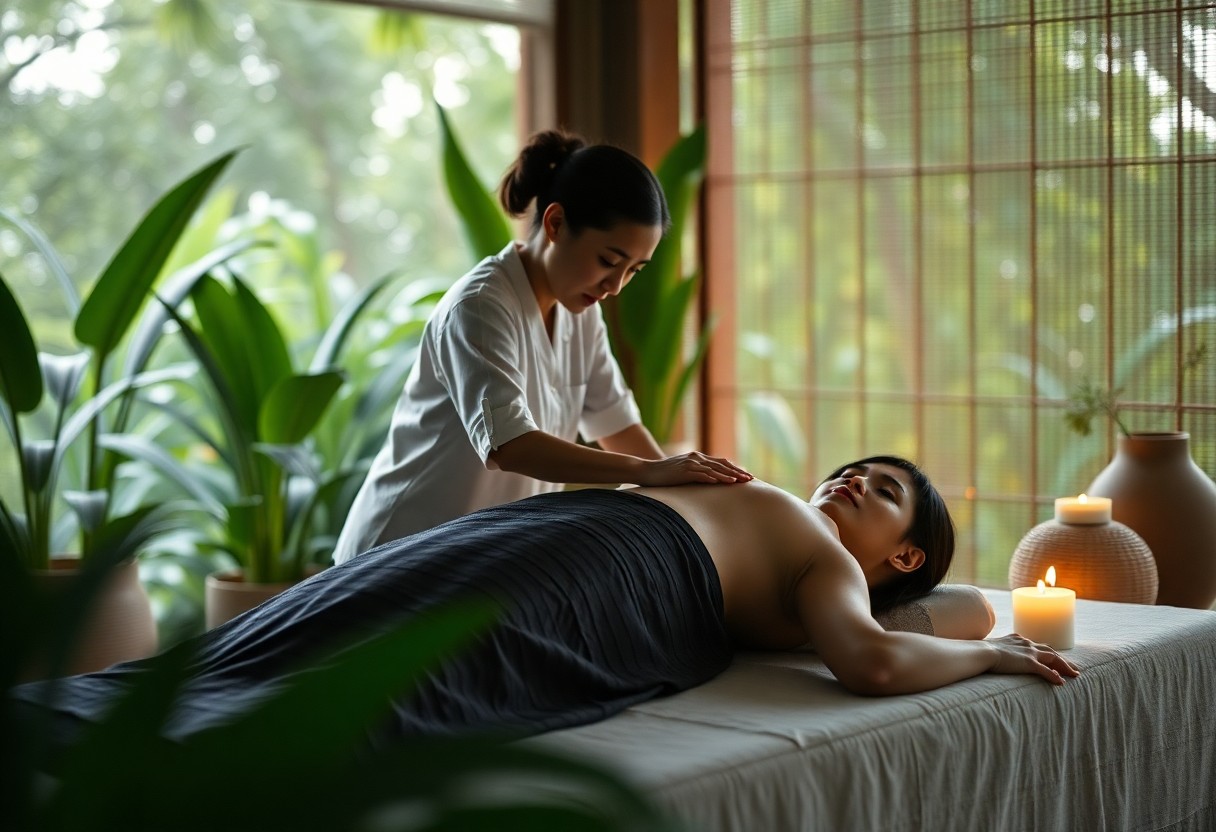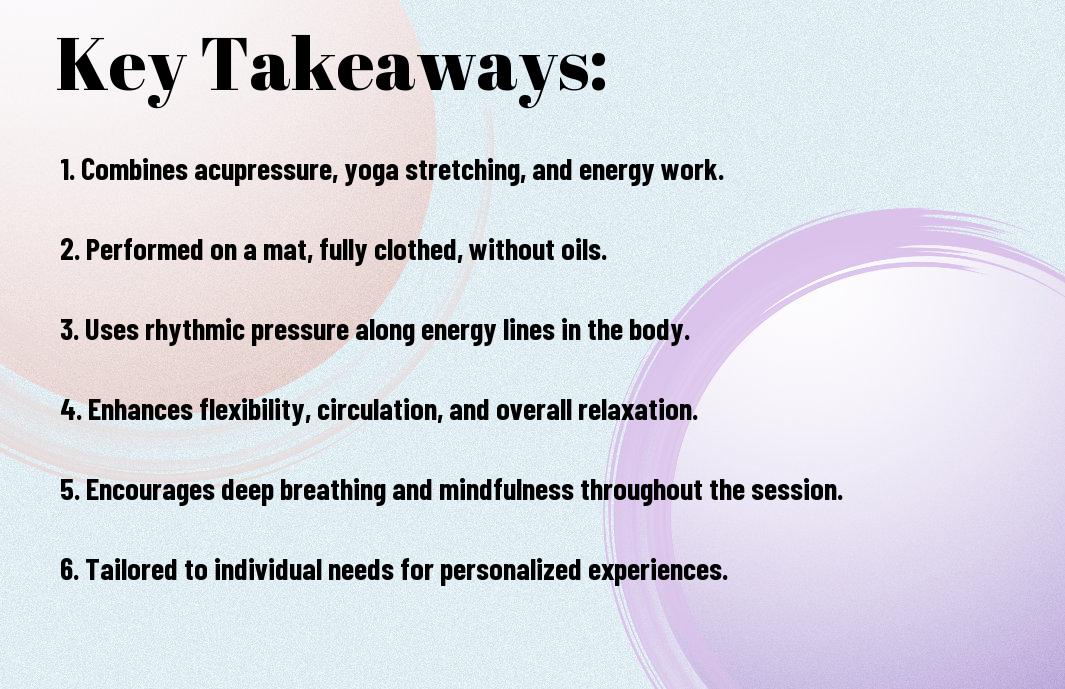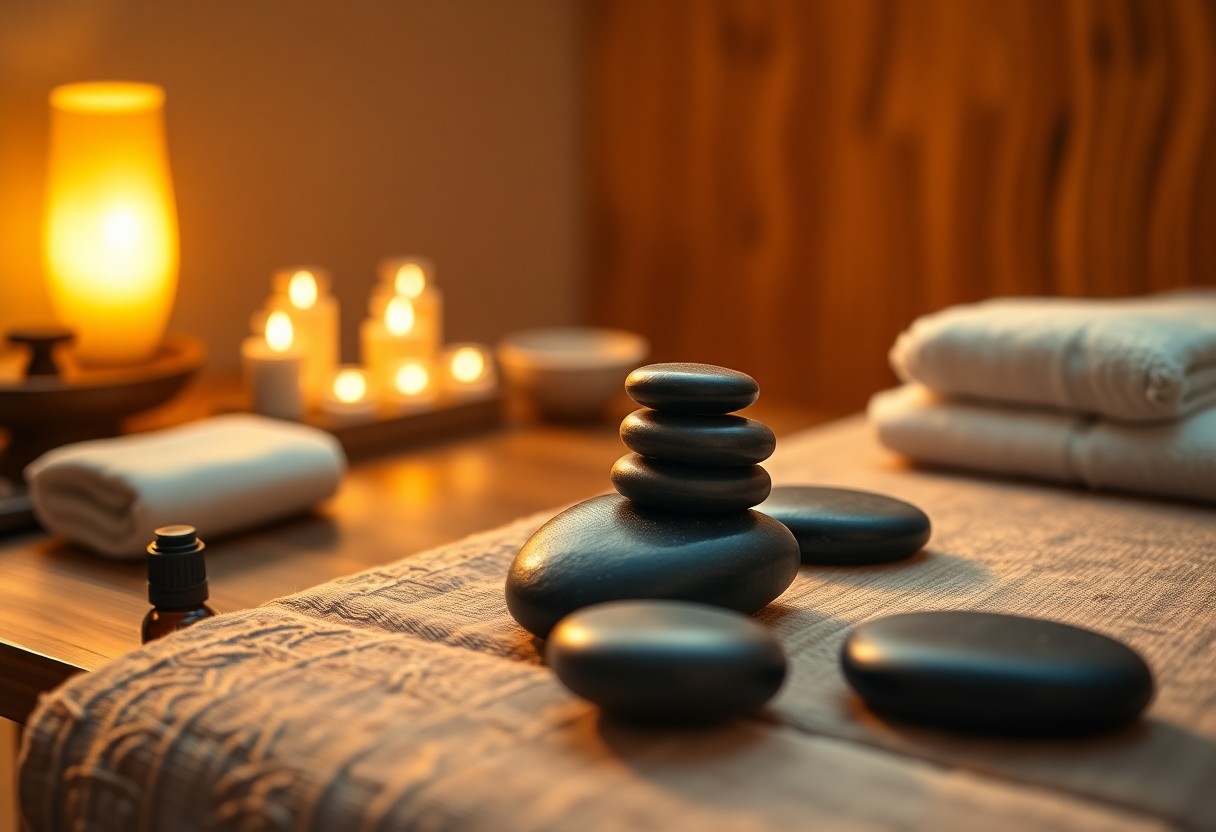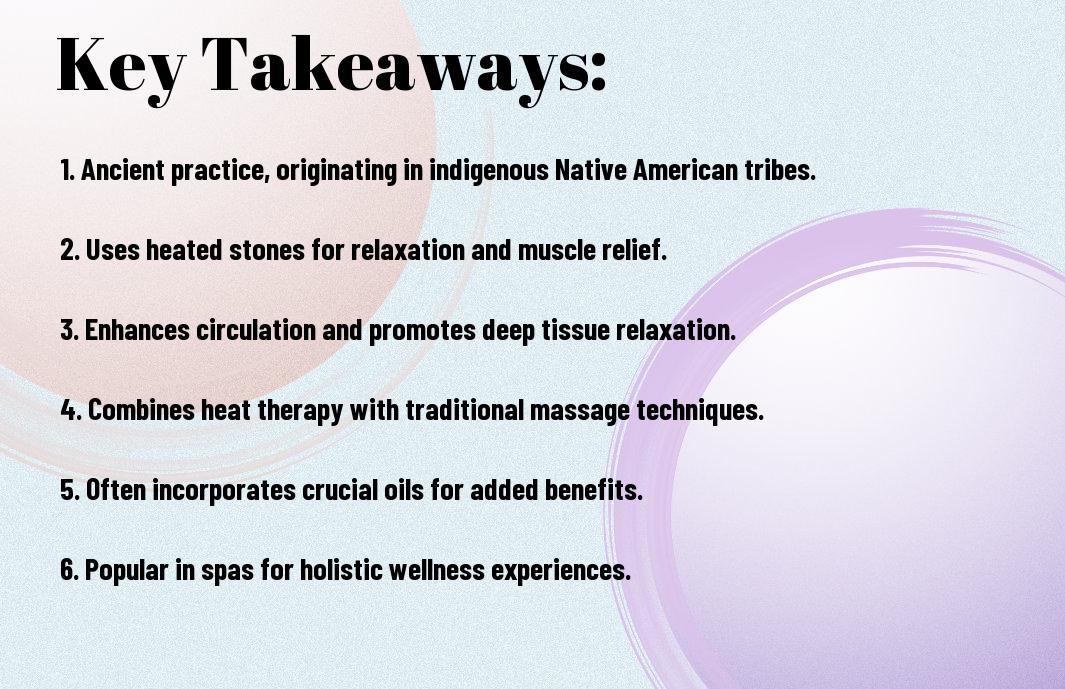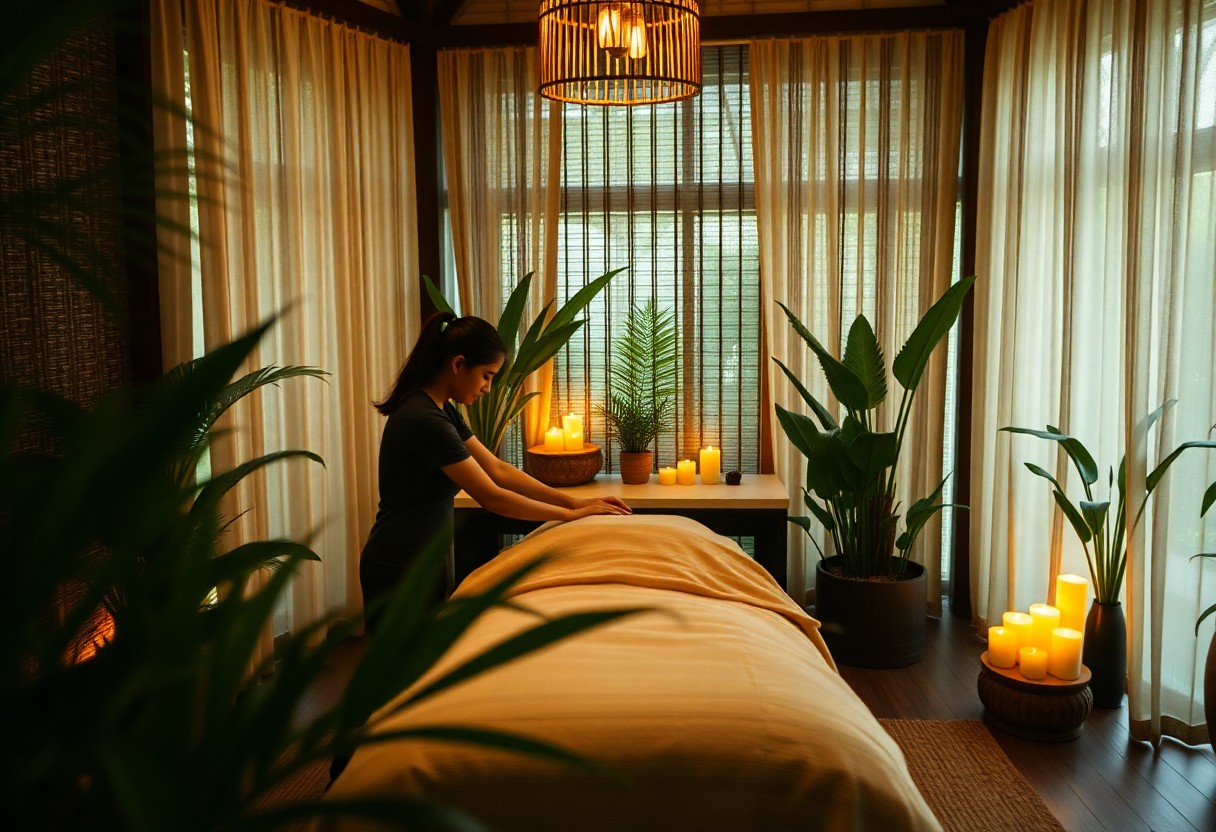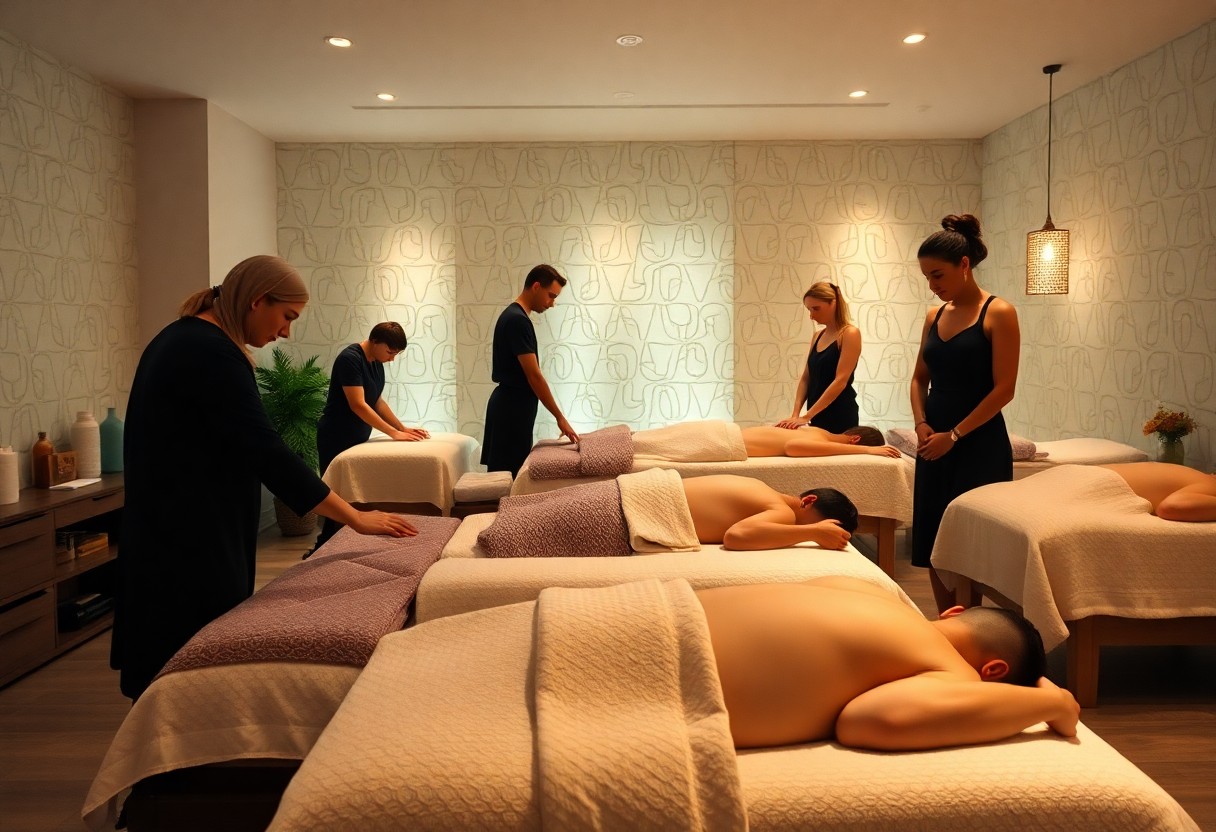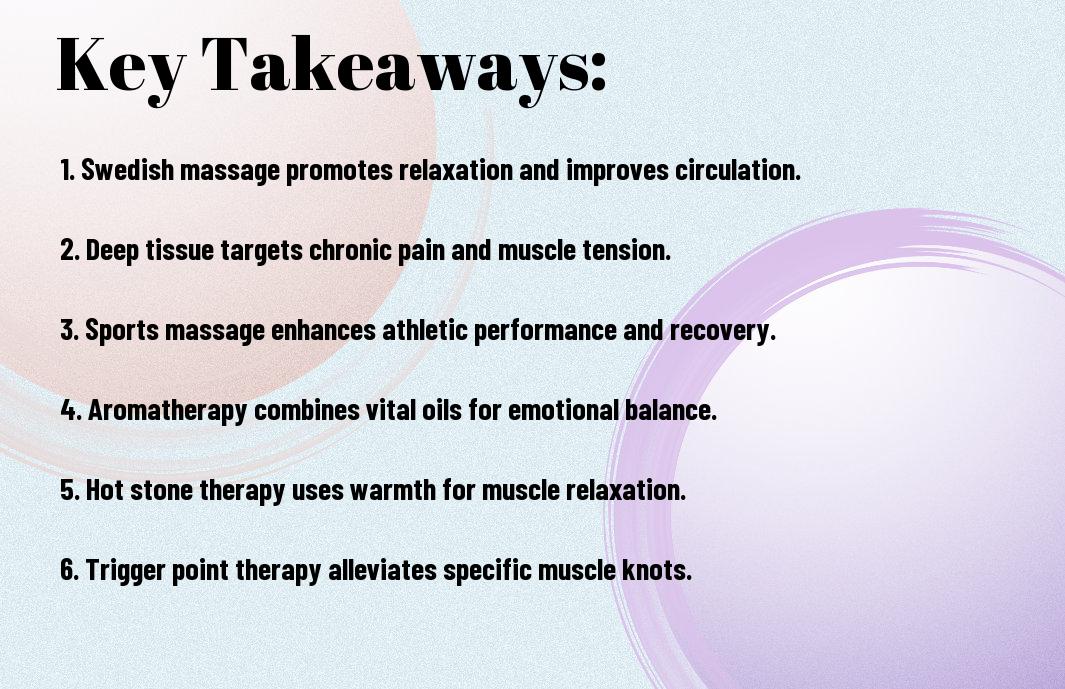It’s imperative to understand the role of massage in enhancing your athletic performance and recovery. By incorporating pre-event and post-event massage techniques into your routine, you can effectively prepare your body for physical challenges and aid in the recovery process after intense activity. This blog post will explore various massage methods tailored to your needs before and after an event, ensuring you can perform at your best and recover quickly.
Key Takeaways:
- Pre-Event Techniques: Focus on dynamic stretching and rapid application of pressure to enhance blood circulation and flexibility before a physical event.
- Post-Event Recovery: Implement gentle techniques such as stroke, kneading, and compression to promote relaxation and assist in muscle recovery after an event.
- Timing: Schedule pre-event massage about 30 minutes to an hour prior, while post-event massage should occur within two hours after completing the activity.
- Individual Needs: Tailor techniques to meet the specific needs of the athlete or individual, as preferences and body responses can vary significantly.
- Hydration: Ensure athletes are well-hydrated before and after massage to facilitate the body’s healing processes and prevent cramps or tightness.
Understanding Massage Techniques
While various massage techniques exist, each serves a unique purpose tailored to your needs. By understanding the distinctions between these techniques, you can better prepare yourself for events or recovery afterward. Knowledge of massage methods empowers you to choose the right approach that aligns with your specific goals, whether enhancing performance or facilitating healing.
Definition and Purpose
With a blend of manual manipulation and targeted pressure, massage therapy aims to relieve tension and improve circulation in your body. Each technique focuses on different muscle groups and offers distinct benefits, allowing you to customize your pre-event warm-up or post-event recovery effectively.
Physiological Benefits
Besides improving your overall physical condition, massage fosters better blood flow and reduces muscle soreness. This not only enhances your athletic performance but also aids in quicker recovery during your post-event phase.
Plus, the physiological benefits of massage extend beyond muscle relaxation. Increased circulation nourishes your cells, while the release of tension lowers stress hormones, allowing for better mental clarity and focus. You may also find that massage improves your range of motion, which is vital for preventing injuries during intense physical activities. By incorporating these techniques into your routine, you can greatly enhance both your performance and recovery periods.
Pre-Event Massage Techniques
Assuming you’re gearing up for a big event, pre-event massage can be a game-changer in optimizing your performance. This special type of massage is designed to enhance blood circulation, improve flexibility, and boost overall muscle readiness before physical activity. By integrating this technique into your pre-event routine, you can reduce tension in your muscles, which may lead to improved performance and a lower risk of injury during the event.
Goals and Timing
Above all, the primary objective of pre-event massage is to prepare you physically and mentally for your upcoming challenge. Ideally, this massage should be administered 15 to 45 minutes before the event to effectively increase circulation and warmth in your muscles. By doing so, you can approach your performance with greater focus and readiness.
Techniques and Applications
Massage techniques utilized in pre-event settings often focus on light to moderate pressure, aiming to stimulate rather than relax your muscles. You can expect methods like effleurage, kneading, and joint mobilization to be applied to enhance muscle elasticity and range of motion. These actions not only prepare your muscles but also help in mental conditioning, making you feel more energized and confident.
The techniques used in pre-event massage should be tailored to your specific needs and the type of event you are participating in. For example, a runner may benefit from focused work on their legs, while a swimmer might require attention on their shoulders and back. By addressing the specific muscle groups that will be engaged during your event, you can maximize the benefits of the massage, ensuring that you feel agile and prepared when it’s time to perform.
Post-Event Massage Techniques
Despite the satisfaction of completing an event, your body requires focused care afterward. Post-event massage techniques help alleviate tension, reduce soreness, and promote overall recovery. By prioritizing these techniques, you can ensure your muscles heal effectively, enhancing your readiness for future challenges.
Recovery Objectives
On recognizing the need for recovery, your primary objectives should include reducing muscle tightness, preventing potential injuries, and enhancing circulation. These goals will help you bounce back more effectively, allowing you to perform at your best in the next event.
Methods and Best Practices
Recovery through massage involves various methods tailored to your specific needs. Techniques such as Swedish massage, myofascial release, or deep tissue massage can be effective in relieving muscle tension. Incorporating stretches post-massage can also enhance flexibility. The key is to listen to your body and adjust pressure and intensity according to your comfort. Following a technique that suits you will facilitate optimal recovery and prepare you for the next challenge.
This personalized approach ensures that your post-event massage not only alleviates discomfort but also aids in muscle relaxation and restoration. Techniques like compression, gentle stretching, and targeted pressure can significantly enhance blood flow and expedite recovery. It’s necessary to tailor your massage style based on your individual soreness levels and areas of concern, allowing you to maximize the benefits of the session. By making post-event massage a regular practice, you can maintain peak physical condition and embrace your next event with confidence.
Comparing Pre-Event and Post-Event Massage
To understand the key distinctions between pre-event and post-event massage, it is beneficial to analyze their unique purposes and techniques. The table below highlights these differences, allowing you to choose the right approach for your needs.
| Pre-Event Massage | Post-Event Massage |
|---|---|
| Focuses on preparation and stimulation. | Emphasizes relaxation and recovery. |
| Typically shorter in duration. | Usually longer to address fatigue. |
| Utilizes quick, energizing techniques. | Incorporates gentle, soothing strokes. |
Key Differences
One primary difference between these massage types is their intent. Pre-event massage is designed to invigorate your muscles and stimulate circulation, while post-event massage aims to alleviate soreness and promote relaxation in your body after exertion.
When to Use Each Technique
When deciding on which massage to utilize, consider your activities. Pre-event massage is best suited before competitions or intense workouts to help energize you. In contrast, post-event massage is ideal after physical activities, as it aids in recovery and helps you return to your normal state.
At various stages of your athletic journey, the timing of each massage is imperative. Pre-event techniques prepare you for peak performance, ensuring your muscles are primed and responsive. After your activity, post-event massage plays a pivotal role in easing muscle tension and reducing recovery time, allowing you to perform consistently at your best in future events.
Incorporating Massage into Training Regimens
Not only can massage enhance your training routine, but it can also expedite recovery and improve performance. By integrating regular massage sessions into your regimen, you can alleviate muscle tension, increase flexibility, and foster a mind-body connection that is vital for peak physical performance. Embrace this holistic approach for a well-rounded training experience that targets both physical and mental well-being.
Scheduling and Frequency
Massage should be strategically scheduled within your training regimen to maximize its benefits. Ideally, you should incorporate sessions before and after intense training days or competitions. A general guideline is to aim for a massage once every one to two weeks, adjusting based on your activity level and personal recovery needs, helping you stay limber, relaxed, and ready to perform.
Selecting the Right Therapist
Around choosing a therapist, consider their qualifications and specialties to match your specific needs as an athlete. Look for licensed professionals with experience in sports massage or physical therapy, as they’ll have the expertise to address the unique demands of your training and competition. Finding a therapist who understands your athletic goals can significantly enhance the benefits you receive from each session.
Due to the wide range of skills and approaches employed by massage therapists, selecting the right one for your needs is vital. Prioritize therapists who have a solid understanding of sports physiology and can tailor their techniques to your sport or physical activity. Reading reviews, seeking recommendations, and conducting initial consultations can help ensure you find a therapist compatible with your personal goals and preferences. This tailored approach will lead to more effective and beneficial sessions that align with your training regimen.
Common Myths About Massage
Once again, misconceptions about massage abound, leading many to overlook its benefits or misunderstand its effectiveness. Some believe that massage is just a luxury or only for the injured; however, it serves a wide range of purposes, from relaxation and stress relief to enhancing athletic performance. Understanding the truth behind these myths can help you make informed decisions about incorporating massage into your wellness routine.
Misconceptions and Clarifications
Against popular belief, you do not need to be in pain to benefit from massage therapy. Many people think it’s only for those suffering from injuries, but regular sessions can promote better overall health and well-being. Additionally, the idea that deeper pressure is always better is misleading; your therapist should always tailor the pressure to your comfort level and specific needs.
Evidence-Based Insights
About the science behind massage therapy, numerous studies have demonstrated its positive effects on physical and mental health. Research indicates that massage can lower cortisol levels, improve circulation, and even enhance immune function. Understanding these evidence-based insights can help you appreciate how massage contributes to your holistic wellness.
In fact, many scientific studies reveal that regular massage therapy may enhance muscle recovery and improve flexibility. A study published in the Journal of Athletic Training found that athletes receiving post-exercise massage reported reduced muscle soreness and improved range of motion. This evidence supports the idea that incorporating massage into your routine can significantly enhance your recovery, making it a valuable tool for both athletes and those simply seeking to improve their overall health.
Summing up
The application of pre-event and post-event massage techniques can significantly enhance your athletic performance and recovery. By incorporating these strategies into your routine, you can prepare your body for optimal performance and promote healing afterward. Understanding the right timing and techniques can make a difference in your mobility and muscle recovery. For a deeper examine these practices, check out The Athlete’s Guide To Pre- And Post-Event Massage.
FAQ
Q: What are Pre-Event Massage Techniques and how do they benefit athletes?
A: Pre-event massage techniques are designed to prepare the body for physical activity. This type of massage typically involves lighter strokes and dynamic movements that help to warm up the muscles, increase blood circulation, and enhance flexibility. The primary benefit is that it can help athletes feel more energized and ready to perform, reduce muscle tension, and improve overall range of motion, potentially leading to better performance and reduced risk of injury during the event.
Q: How does Post-Event Massage differ from Pre-Event Massage?
A: Post-event massage focuses on recovery after physical activity. Unlike pre-event techniques, which aim to energize and prepare the body, post-event massage uses slower, deeper strokes that help to alleviate muscle soreness, promote relaxation, and facilitate the removal of metabolic waste from the muscles. This recovery massage can reduce stiffness, improve circulation, and accelerate the healing process, making it an necessary component of an athlete’s post-competition routine.
Q: What techniques should I expect during a Post-Event Massage session?
A: During a post-event massage, you can expect a variety of techniques designed to promote muscle recovery. These may include myofascial release, deep tissue techniques, and gentle stretching to help Release tension in the muscles. Therapists often focus on areas that are known to be common sources of soreness, such as the legs, back, and shoulders. The session aims to provide relief and speed up recovery by improving blood flow and preventing the onset of delayed onset muscle soreness (DOMS).
